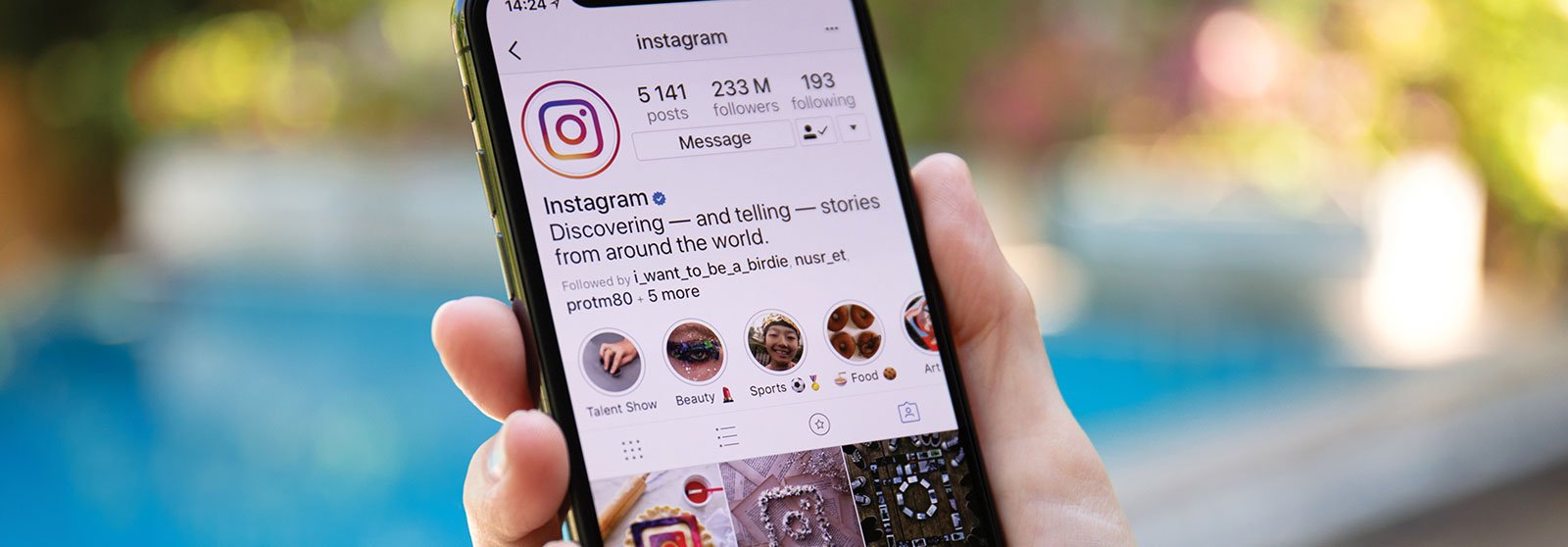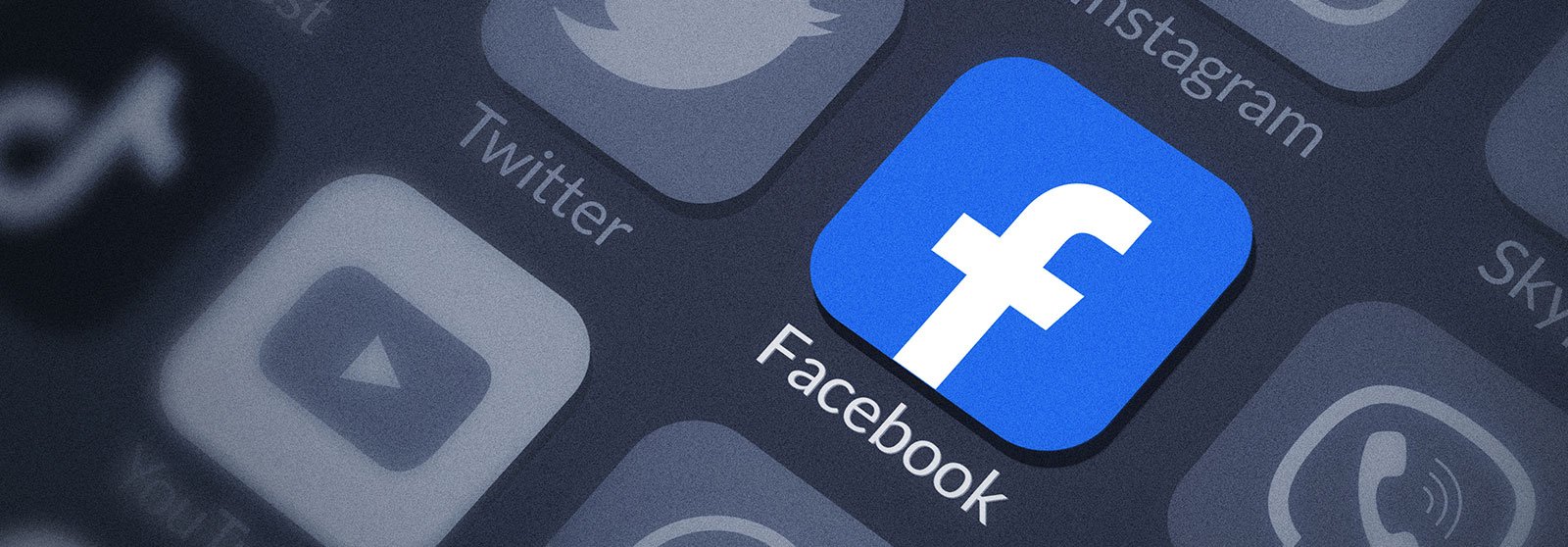For many B2B companies, social media marketing often starts and ends with LinkedIn. While LinkedIn is undoubtedly a powerful platform for B2B networking and lead generation, it’s far from the only social channel that can drive business growth. In today’s digital landscape, B2B buyers expect a more dynamic, engaging, and multi-channel experience.
If your business is relying solely on LinkedIn, it’s time to expand your reach and leverage the full power of social media to drive brand awareness, generate leads, and build customer relationships. Below, we’ll explore key social media strategies and platforms B2B companies can use to scale their marketing efforts beyond LinkedIn.
Leverage Twitter (X) for Industry Leadership and Real-Time Engagement
Twitter (now X) is an invaluable platform for B2B companies to showcase thought leadership, engage in industry conversations, and amplify content.
Strategies to consider:
- Participate in trending industry discussions and Twitter chats.
- Share blog posts, research findings, and company updates.
- Use Twitter Polls to gather insights from your audience.
- Engage with industry influencers and partners through retweets and replies.

Maximize YouTube for Video Content Marketing
YouTube is the second-largest search engine, making it an excellent channel for B2B brands to share educational and informative content.
What works well for B2B companies:
- Product demos and tutorials to help potential customers understand your offering.
- Webinars and expert interviews to showcase industry knowledge.
- Case study videos featuring client success stories.
- Behind-the-scenes content to humanize your brand.
Utilize Facebook for Community Building and Advertising
Facebook may be more commonly associated with B2C marketing, but its robust community-building and advertising features make it a valuable asset for B2B companies.
Strategies to implement:
- Create a Facebook Group to foster a community around your industry.
- Use Facebook Ads to target decision-makers with relevant content.
- Share company updates, blog posts, and live Q&A sessions.
- Utilize Facebook Events for webinars, product launches, and networking sessions.

Tap Into Instagram for Brand Storytelling and Employer Branding
Instagram isn’t just for B2C brands—B2B companies can also use the platform to build brand awareness, showcase company culture, and engage their audience visually.
Instagram strategies for B2B:
- Share behind-the-scenes content and team highlights.
- Post visually appealing infographics and industry tips.
- Use Instagram Stories for quick updates, polls, and Q&A sessions.
- Leverage user-generated content from customers and partners.

Experiment with TikTok for Engaging, Short-Form Content
TikTok might seem like an unlikely choice for B2B, but companies that get creative can find success by showcasing their expertise in an engaging way.
Ideas for TikTok content:
- Short industry insights and quick tips.
- Behind-the-scenes of company operations.
- Fun team challenges or day-in-the-life content.
- Explainer videos breaking down complex topics in a simple, entertaining way.
Invest in Paid Social Advertising Across Platforms
Social media advertising is a must for B2B companies looking to expand their reach and generate leads. Most platforms—LinkedIn, Twitter (X), Facebook, Instagram, and YouTube—offer robust targeting options that allow companies to reach decision-makers and industry professionals.
Effective B2B ad strategies include:
- LinkedIn Ads for targeting professionals by job title, industry, and company size.
- Facebook and Instagram Ads for retargeting website visitors.
- Twitter (X) Ads for promoting thought leadership content.
- YouTube Ads for video content distribution.
Use Social Listening to Understand Your Audience
Beyond posting content, B2B brands should actively listen to conversations happening on social media. Social listening tools help companies understand industry trends, monitor brand sentiment, and identify potential sales opportunities.
Benefits of social listening:
- Discover what your audience is talking about.
- Identify potential leads and engage with them directly.
- Monitor brand mentions and competitor activity.
- Gain insights to improve content and messaging.
Encourage Employee Advocacy
Your employees can be your best brand ambassadors on social media. Encouraging team members to share company content, insights, and success stories can significantly expand your brand’s reach.
How to implement:
- Provide employees with branded content to share.
- Encourage them to post about company culture and industry news.
- Recognize and reward employees who actively promote the brand.
Repurpose Content for Maximum Reach
Creating content for multiple platforms doesn’t have to mean starting from scratch. Repurposing existing content can help you maintain a consistent social media presence without overwhelming your marketing team.
Examples of repurposing:
- Turn a blog post into a Twitter thread or LinkedIn carousel.
- Convert a webinar into short video clips for YouTube and Instagram.
- Transform industry research into an infographic for Facebook and Twitter.
- Use customer testimonials in various formats across platforms.
Measure and Optimize Performance Regularly
To ensure your social media efforts are driving results, regularly analyze key performance metrics. Each platform provides analytics tools to help track engagement, reach, lead conversions, and ROI.
Key metrics to track:
- Engagement rate (likes, shares, comments)
- Click-through rate (CTR) on ads and posts
- Conversion rate from social media traffic
- Follower growth and brand awareness
Final Thoughts
B2B social media marketing extends far beyond LinkedIn. By diversifying your presence across multiple platforms and implementing targeted strategies, you can enhance your brand’s visibility, nurture customer relationships, and drive long-term business growth. The key is to understand where your audience spends their time, create valuable content, and continuously optimize your approach based on data-driven insights.
If your B2B business has been stuck in a LinkedIn-only strategy, now is the time to expand, experiment, and engage in ways that set you apart from the competition.







